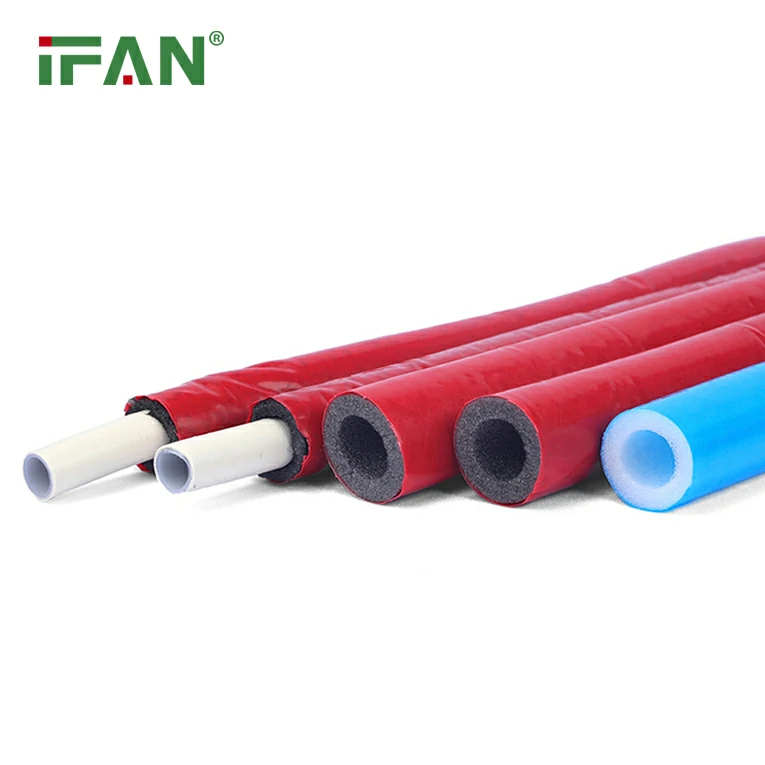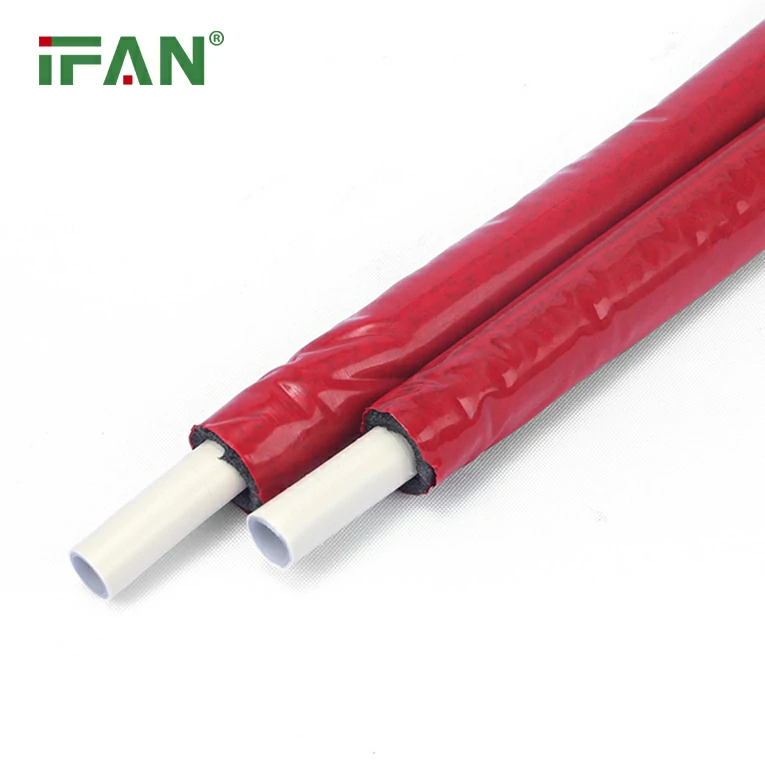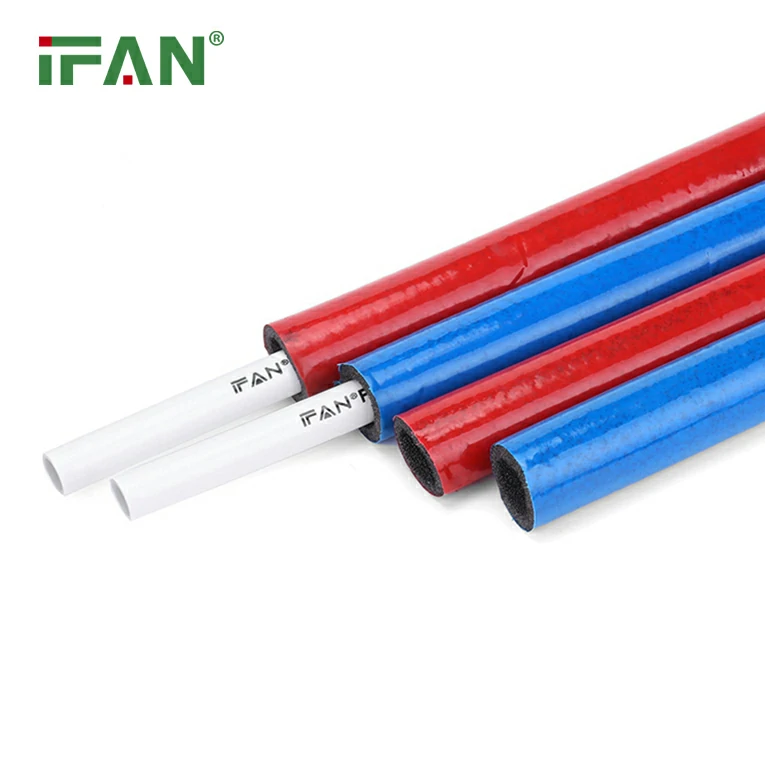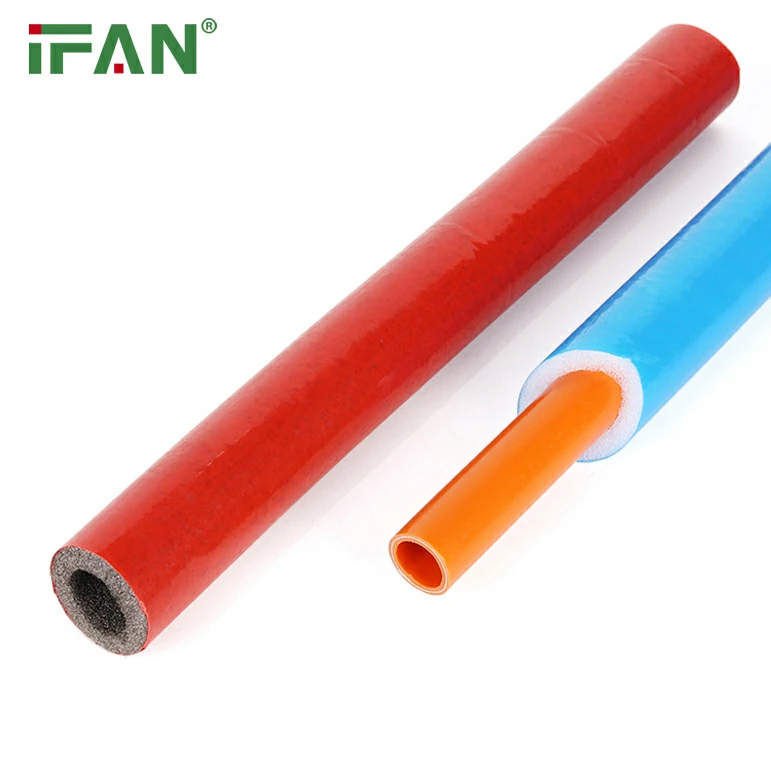IFAN factory 30+ years manufacture experience support color /size customization support free sample.Welcome to consult for catalog and free samples.This is our Facebook Website:www.facebook.com,Click to watch IFAN’s product video.Compared with Tomex products, our IFAN products from quality to price are your best choice, welcome to buy!
In today’s world, plumbing systems play a vital role in various industries and infrastructures. To ensure efficiency, safety, and long-term durability, the choice of materials for plumbing systems is more important than ever. One material that is rapidly gaining popularity is HDPE fittings (High-Density Polyethylene fittings). These fittings have revolutionized modern plumbing systems by offering superior benefits over traditional materials. This article delves into how HDPE fittings are transforming the plumbing industry and why they are becoming the material of choice for professionals worldwide.
What Are HDPE Fittings?
HDPE fittings are components made from high-density polyethylene, a type of thermoplastic polymer. HDPE is a durable and versatile material, widely used in piping systems for its resistance to corrosion, chemicals, and extreme environmental conditions. These fittings are available in various types, including elbows, tees, couplings, and reducers, and are used to connect, branch, or change the direction of piping systems.
Due to their incredible performance and durability, HDPE fittings are now widely adopted in industries such as construction, agriculture, municipal plumbing, and chemical processing.
The Revolution of Plumbing with HDPE Fittings
1. Enhanced Durability and Longevity
One of the most significant advantages of HDPE fittings is their exceptional durability. Unlike traditional piping materials like copper or steel, HDPE fittings are resistant to corrosion, rust, and chemical reactions. These qualities make them ideal for both residential and industrial plumbing systems.
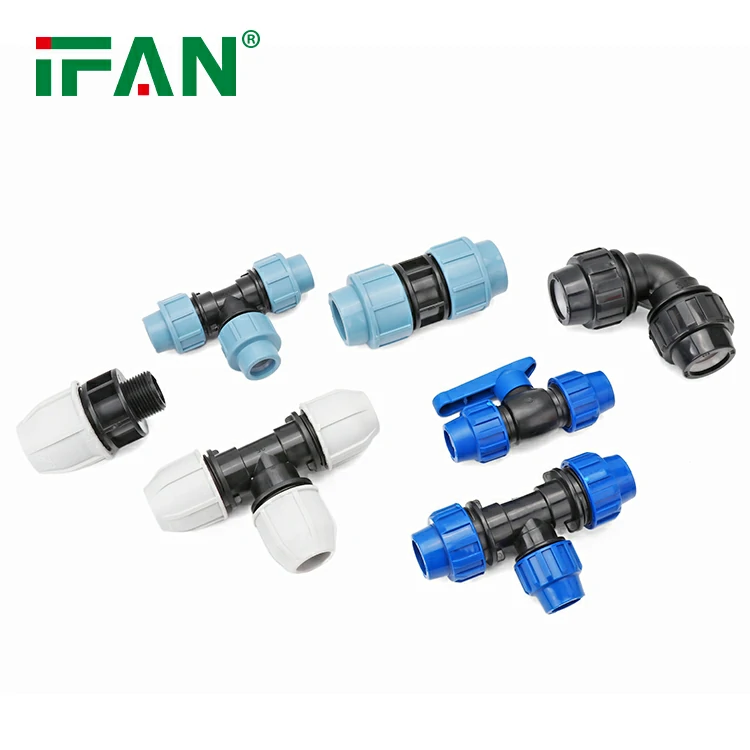
HDPE fittings can last for decades, significantly reducing the need for repairs or replacements. In fact, HDPE pipes and fittings have a life expectancy of over 50 years, even in harsh environments. This long lifespan translates into cost savings for businesses and homeowners alike, as the need for frequent maintenance or replacement is drastically reduced.
2. Resistance to Chemicals and Corrosion
Modern plumbing systems often transport a wide range of substances, including chemicals, wastewater, and high-temperature liquids. HDPE fittings offer remarkable resistance to both corrosion and chemicals. This makes them an ideal choice for industries that require the safe transport of hazardous materials, such as chemical plants, oil refineries, and wastewater treatment facilities.
Unlike metal pipes, which are prone to rust and degradation when exposed to water or corrosive substances, HDPE fittings remain unaffected. This resistance ensures that the plumbing system remains safe and operational over the long term.
3. Flexibility and Ease of Installation
Another key feature of HDPE fittings is their flexibility. HDPE pipes and fittings are not rigid, which allows them to bend and adapt to the natural movements of the ground. This flexibility makes them highly suitable for areas prone to seismic activity or ground shifts, such as regions with frequent earthquakes.
The ease of installation of HDPE fittings is another reason they are revolutionizing modern plumbing systems. HDPE fittings can be welded together using fusion techniques such as butt fusion or electrofusion. These methods create strong, leak-proof joints without the need for additional fasteners, reducing the potential for weak points in the system.
Additionally, HDPE fittings are lightweight and easy to handle, reducing the overall time and cost of installation. The flexibility and ease of use make HDPE fittings an attractive option for both contractors and end users.
4. Leak-Proof and Strong Joints
The integrity of a plumbing system is only as good as its joints. Traditional piping systems, particularly those using metal pipes, can suffer from leaks at the joints over time. However, HDPE fittings are designed to provide strong, leak-proof connections.
Using fusion welding techniques, HDPE fittings form permanent, seamless connections between pipes and fittings. This type of connection is as strong as the pipe itself, which eliminates the risk of leaks and increases the overall reliability of the plumbing system. The secure, leak-proof nature of these joints makes HDPE fittings a top choice for both residential and industrial applications.
5. Cost-Effectiveness and Sustainability
When it comes to plumbing systems, HDPE fittings offer excellent value for money. While the upfront cost may be slightly higher than some traditional materials, the long-term benefits far outweigh the initial investment. The reduced need for maintenance, repairs, and replacements makes HDPE fittings a cost-effective solution for businesses and homeowners.
Furthermore, HDPE fittings are an environmentally friendly choice. As a recyclable material, HDPE helps reduce the environmental impact of plumbing systems. Recycled HDPE can be used to create new fittings, pipes, and other products, contributing to a more sustainable industry.
6. Improved Safety and Reliability
Safety is a top priority in any plumbing system, especially in industries that deal with hazardous materials. HDPE fittings are known for their strength and ability to withstand high pressures without compromising the integrity of the system. The material’s flexibility allows it to absorb shock and vibrations, reducing the risk of cracks and failures.
Additionally, HDPE fittings are non-toxic and do not leach harmful chemicals into the transported fluids. This makes them ideal for drinking water systems, as well as applications in food processing and pharmaceuticals.
Industries Benefiting from HDPE Fittings
1. Agriculture
In agricultural irrigation systems, HDPE fittings are used for transporting water over long distances. Their resistance to UV rays and chemicals makes them ideal for outdoor installations in harsh weather conditions. Additionally, the flexibility of HDPE fittings allows for easy installation in challenging terrains, reducing labor costs.
2. Construction
The construction industry benefits from HDPE fittings because they are lightweight, durable, and cost-effective. These fittings are used in water supply systems, drainage systems, and fire protection systems. Their resistance to corrosion ensures that the plumbing systems in new buildings are built to last.
3. Municipal Plumbing
Municipal plumbing systems, including water and wastewater treatment plants, benefit from the corrosion resistance and long lifespan of HDPE fittings. These fittings ensure reliable, leak-free systems that reduce maintenance costs for municipalities, making them a popular choice for cities worldwide.
4. Oil and Gas
In the oil and gas industry, HDPE fittings are used to transport hazardous materials safely. Their ability to withstand harsh conditions, including exposure to chemicals and high pressures, makes them ideal for critical infrastructure in this sector.
Conclusion
HDPE fittings are undeniably revolutionizing modern plumbing systems across various industries. Their unmatched durability, resistance to chemicals and corrosion, flexibility, ease of installation, leak-proof performance, and cost-effectiveness make them the material of choice for both residential and industrial applications. As more industries discover the benefits of HDPE fittings, the material will continue to dominate the plumbing landscape for years to come.
Frequently Asked Questions (FAQs)
1. What is HDPE, and why is it used in plumbing?
HDPE (High-Density Polyethylene) is a thermoplastic polymer known for its durability, flexibility, and resistance to chemicals and corrosion. It is used in plumbing systems because it offers long-term performance and reliability, even in harsh conditions.
2. How long do HDPE fittings last?
HDPE fittings can last for over 50 years when properly maintained, thanks to their resistance to corrosion, chemicals, and wear.
3. Can HDPE fittings be used in high-pressure systems?
Yes, HDPE fittings are designed to withstand high-pressure environments, making them suitable for a wide range of industrial applications.
4. How are HDPE fittings installed?
HDPE fittings are typically installed using fusion welding techniques, such as butt fusion or electrofusion welding, which create strong, leak-proof joints.
5. Are HDPE fittings environmentally friendly?
Yes, HDPE fittings are recyclable and can be reused to create new products, contributing to a more sustainable and eco-friendly plumbing system.

